Amos Eaton and Stephen Van Rensselaer founded the Rensselaer School for "the application of science to the common purposes of life" in 1824. Eaton had practiced surveying as a teenager building his own compass and chain and wrote an early book on surveying. Later he studied law before becoming interested in geology and agriculture. Stephen Van Rensselaer was the seventh patroon of Rensselaerwyck a track of land comprising most of the current Rensselaer, Albany and Columbia Counties in the State of New York.
USA

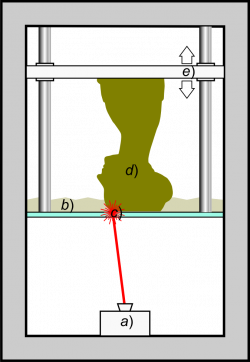
Although the origins of three-dimensional printing date back to the mid 19th century, and the first patent application for rapid prototyping technology was filed by Dr.
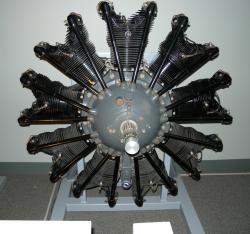
Aircraft engines, considered unreliable during the first 20 years of aviation due to their need for liquid-cooling, heavy weight and other inconsistencies, were given a revolutionary boost with the development of Pratt & Whitney’s R-1340 Wasp Radial Engine in 1925.

The oldest surviving rotary snowplow in the world
M
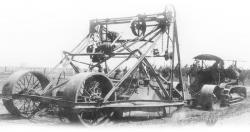
When Robert G. LeTourneau started moving earth in 1919, he thought that land leveling should require only one man. In 1920, by installing a generator and electric motors, R.G. was able to control the scraper blade from the tractor seat while driving the tractor.
In June 1922, LeTourneau developed his “Mountain Mover” with a telescoping bowl. He incorporated a floor behind the cutting edge taken from his previous designs, and employed welding instead of riveting to save weight.
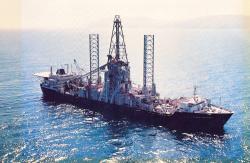
A number of major engineering feats required to complete the tasks for the mission at hand, which were later used in further projects
The Hughes Glomar Explorer was designed to complete the mission of lifting a 2,000-ton Soviet submarine 17,000 feet from the bottom of the Pacific Ocean.

The oldest and most comprehensive collection of photographic and cinematic technology
In 1888, George Eastman created the Kodak camera, the first camera designed to use roll film. The camera's simplicity and user friendly mechanism revolutionized amateur snapshot photography and in 1892, he founded the Eastman Kodak Company, in Rochester, New York.

The first wave pool in North America to consistently generate 3-5 foot spilling waves suitable for surfing
Big Surf Waterpark uses 15 gates that empty water into a 2.5 acre lagoon with contours that replicate a natural beach. Waves are produced by pumping water to a pre-selected height and released through underwater gates. The water released breaks over a baffle (similar to a natural reef), forming one wave per cycle. Water is recirculated to the lagoon through pumps.
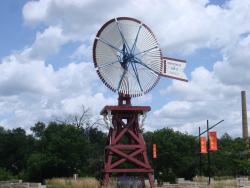
Collection of restored windmill operated waterpumps made at one of the three windmill manufacturing companies in Batavia.
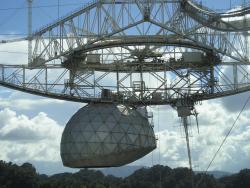
A drive system that keeps the antenna pointed with millimeter precision regardless of factors such as environmental change
The Arecibo Observatory has the largest radio telescope ever constructed. Maintaining the greatest electromagnetic wave gathering capacity of any telescope, it has been an essential tool in modern astronomy, ionosphere and planetary studies.
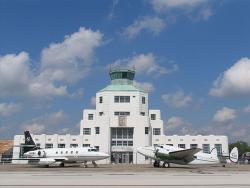
The terminal, designed by noted architect Joseph Finger and built by the Works Progress Administration, is a rare remaining example of classic art deco airport architecture, featuring the distinctive design elements of that age: step forms, sweeping curves, and intricate geometrical patterns and…
Read More
The 50-mile Houston Ship Channel is a manmade port for ocean-going vessels, stretching from the Gulf of Mexico to Houston and Harris County, Texas.
The waterway was originally known as Buffalo Bayou and was swampy, marshy, and overgrown with dense vegetation. Steamboats and…
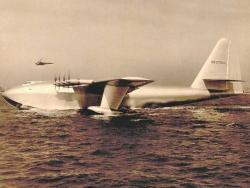
Better known as the "Spruce Goose," the Howard Hughes Flying Boat was designed and built by Hughes Aircraft Co., to be the largest wood-constructed and the largest wingspan airplane ever built. As Hughes perfected his craft, he added significantly to what is known in areas of large-lift…
Read More
Prior to 1909 the traditional fishtail bit scraped the rock and quickly dulled in service. The Hughes two-cone bit's revolutionary rolling action crushed hard-rock formations with twin cone-shaped, hardened steel bits, each with 166 cutting edges, revolving on bronze bearings shaped to provide a…
Read More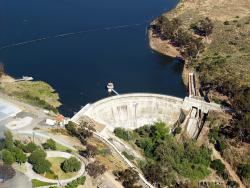
When completed in 1888 to a height of 90 feet, Sweetwater Dam was once the tallest masonry arch dam in the United States, and it led to many others of the same basic design. The original construction began in November 1886 under the direction of Frank E. Brown (civil engineer for Bear Valley Dam…
Read More
In operation since 1944, the Icing Research Tunnel is the oldest and largest refrigerated icing wind tunnel in the world. Technology developed there enables aircraft to fly safely through icing clouds. Two firsts include the unique heat exchanger and the spray system that simulates a natural…
Read More
The 16-story Ingalls Building, still in use today, was the world's first reinforced concrete skyscraper. Its success led to the acceptance of high-rise concrete construction in the United States.
Melville E. Ingalls, for whom the building is named, spent two years convincing city…
Read More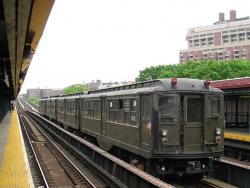





Although not the first four-wheel-drive vehicle or the first designed for rough, multipurpose field use, the Jeep MB was built as an unusual combination of these and other features of modern vehicle design in the World War II era.
The prototype four-cylinder "Quad" was designed in 1940-…
Read More
In 1866, the Covington and Cincinnati Suspension Bridge was the largest suspension bridge in the world. Also called the Ohio Bridge, it was officially renamed the John A. Roebling Bridge in 1983. It was the first permanent bridge over the Ohio River and the only public project in America…
Read More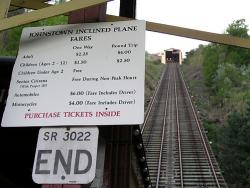
This is one of several, similar inclines built in western Pennsylvania during the late 19th century. It was designed by Samuel Diescher (1839-1915) after the great flood of 1889, to provide an efficient means of transportation between Westmont and the Conemaugh Valley. (See also the Monogahela…
Read More
When Joseph Priestley discovered oxygen in 1774, he answered age-old questions of why and how things burn. An Englishman by birth, Priestley was deeply involved in politics and religion, as well as science. When his vocal support for the American and French revolutions made remaining in his…
Read More
This ironworks exemplified the adaptability required for industrial survival in a dynamic technical environment. It was a major western producer of mechanical equipment used in mining (especially large hydraulic machines), ship propulsion, irrigation, power generation, optical telescope mounts,…
Read More
The Kamehameha V Post Office is the oldest surviving public building in the U.S. constructed with reinforced concrete. The success of this early structure helped establish the value of reinforced concrete as a durable construction material.
Brickmaker J.G. Osborne was chosen to provide…
Read More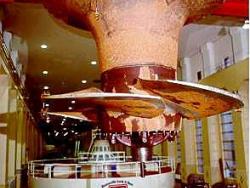

A 214-foot single-span covered wooden bridge, built above the cribs of stone in the AuSable River that served to break log jams and ice floes, collapsed during the winter of 1875 under the weight of a three-foot snowfall and high winds. The "Upper Bridge" (pictured) was built in its place.…
Read More

